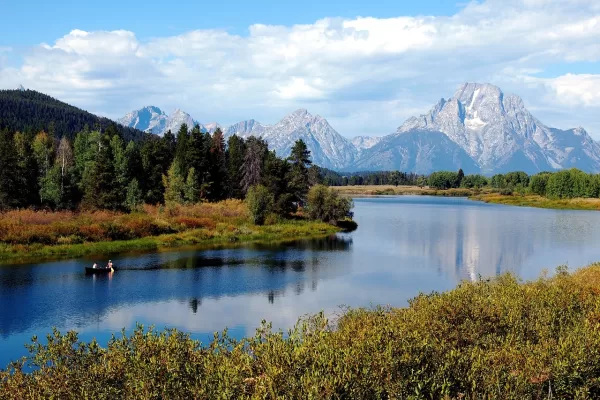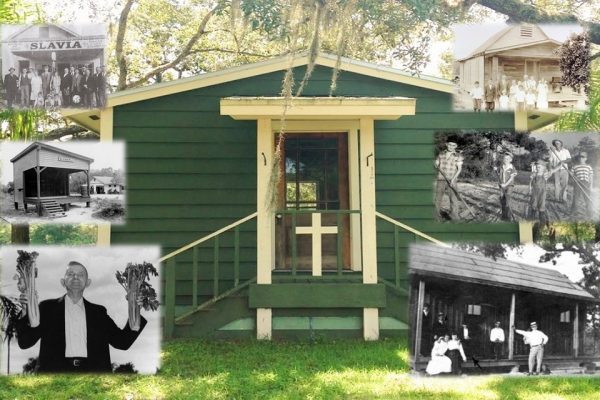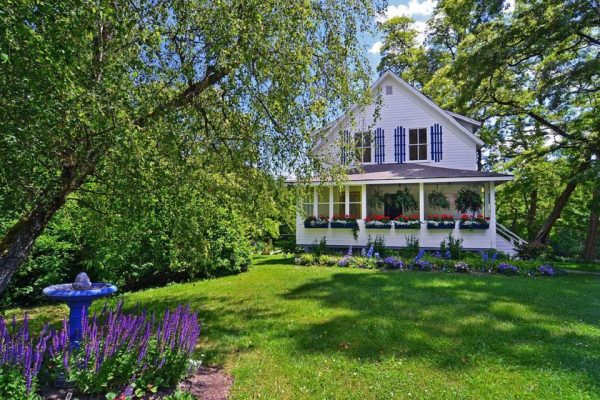Like many others, early Czech California pioneers went West in search of gold and opportunities. During the mid-1800’s California was a land still steeped in romantic reminders of the first Spanish population and the prospect of sudden wealth. A life of adventure beckoned there, at least from an American point of view. What adventures would await brave travelers looking up the tallest spruce-clad Sierras, and splashing into the crude gold-mining camps, losing themselves in a landscape still undisturbed by human work. Today we’re going to meet some of these first Czech pioneers to California. A few of the families which began there are still on their land, and running their family businesses today. This is an excellent chapter from a book by my friend Miloslav Rechcígl, Jr. I have added some notes, the images and links throughout. I hope you enjoy it!
EXCLUSIVE CONTENT
Join our Patreon community today and enjoy a world of benefits, including exclusive content, behind-the-scenes glimpses, early access to ebooks, audiobooks, and physical books, exciting collaboration opportunities, and more. Your support fuels our passion for preserving and sharing Czech heritage.
FIND BY SUBJECT
- Abandoned
- Animals | Pets
- Animation
- Artists
- Art | Design
- Back in Time
- Beauty | Fitness | Health
- Black & White
- Books | Writers
- Cafés
- Castles & Chateaus
- Celebrities
- Children | Toys
- Christmas
- Cinema
- Cookbooks | Recipes
- CSSR
- Czech Republic
- Czechs in America
- Fairytales
- Falconry
- Family History
- Fashion
- Food | Drink
- History | Traditions
- Home | Garden
- Illustration
- Industry
- Kroje
- Military
- Mixed Bag
- Music
- Notable Czechs
- Painter
- Photography
- Recipes
- Shopping
- Spa Towns
- The Vault
- Things To Do
- Tramping
- Transportation
- Travel
- What’s Inspiring Me





















I enjoyed learning about these fellow Czechs.